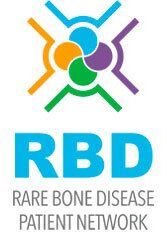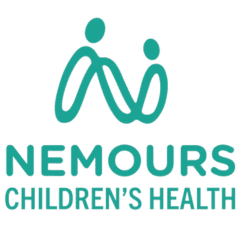
Advancing Medical Therapeutics for CCLA: A Closer Look at Trametinib Treatment
This is from a presentation by Dr. Kristen Snyder during the 2021 Scientific Conference on Complex Lymphatic Anomalies.
Let’s delve into the treatment of CCLA (Central Conducting Lymphatic Anomaly), shedding light on the remarkable strides we've made in utilizing the drug Trametinib to address this condition.
Understanding CCLA and its Challenges
CCLA is a complex medical condition characterized by lymphatic anomalies that can have profound impacts on patients' lives. The lymphatic system plays a pivotal role in maintaining fluid balance within the body. However, when this system is compromised due to obstructions, valve dysfunction, or dismotility of lymphatic vessels, it can cause a backflow of lymphatic fluid resulting in effusions in various body cavities, lymphedema in limbs and genitalia, and skin issues.
Genetic Insights and Therapeutic Approaches: Our understanding of CCLA has deepened over time, with the identification of genetic changes associated with the condition. This has paved the way for targeted treatments that address the underlying causes. Trametinib, a reversible inhibitor of mitogen-activated extracellular signal-regulated kinases 1 and 2, has shown promise in treating CCLA.
Case Studies Highlight Trametinib's Impact
To illustrate the potential of Trametinib treatment, let's take a look at three compelling case studies:
1. A 12-year-old patient with CCLA and an ARAF gene variant faced severe lymphedema, pericardial effusion, and respiratory issues. After undergoing Trametinib treatment for two months, the patient experienced improved pulmonary function. After three months of treatment, the patient’s need for supplemental oxygen decreased along with reduced fluid retention. After 12 months of treatment, the patient’s lung function doubled and the patient experience an enhanced quality of life.
2. A patient with Noonan syndrome and CCLA with a SOS1 gene variant struggled life-long with chylothorax (fatty effusion in the chest) resulting in poor growth and fatigue. At 14 years of age, the patient developed pallor abdominal pain and melena (blood in stools) suggesting loss of blood and lymph fluid in the intestine. The patient was treated with Octreotide, low fat diet, oral budesonide (steroid), albumin infusions and lymphatic glue embolization which benefited the patient for two months. The patient was then treated with Trametinib and in a few months saw improvements in hemoglobin, albumin, and intestinal lymphangiectasia.
3. A 14-year-old with a diagnosis of Ectodermal dysplasia-ocular malformation syndrome due to a KRAS gene variant developed signs of CCLA including chylous effusions and protein losing enteropathy (PLE) at age 9 and was treated with sirolimus and a low-fat diet for 4 years but continued to have symptoms. The patient started Trametinib therapy, resulting in decrease in PLE, weight gain and overall improved well-being.
Navigating Challenges and Toxicities:
While Trametinib has shown great potential for the treatment of CCLA and other CLAs, it's important to acknowledge that like any treatment, it comes with its share of challenges and potential side effects including diarrhea, acneiform skin eruptions, paronychia (infection of nails) and fissuring of the skin. In rare cases, severe toxicities such as inflammation of the intestine (colitis), rise in blood creatinine phosphokinase (CPK) levels suggesting muscle injury and inflammatory nodules involving the subcutaneous fat (panniculitis) can occur necessitating dose adjustments or discontinuation of the Trametinib.
The progress made in treating CCLA is remarkable, and there's still much to explore. With ongoing research and clinical experiences, the hope is to refine dosing levels and further understand the long-term effects of Trametinib treatment in these patients with CCLA.
Conclusion:
In the realm of medical therapeutics, Trametinib stands as a beacon of hope for patients grappling with CCLA. Through targeted treatments and ongoing research, we are making significant strides in improving the lives of those affected by this condition. As we continue on this journey, the potential for even more breakthroughs is on the horizon.
Watch Dr. Kristen Snyder’s presentation “Treatment of CCLA with Medical Therapeutics”










